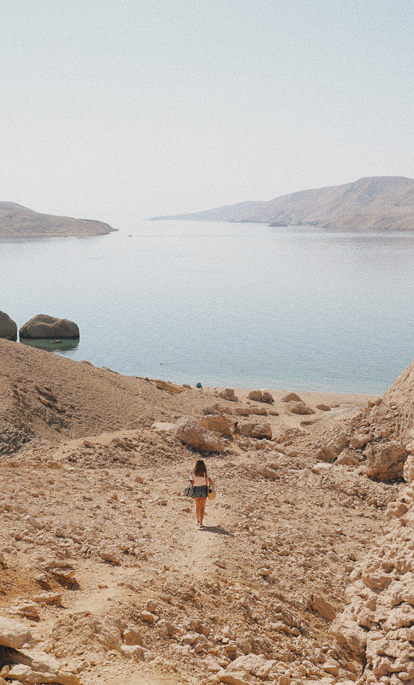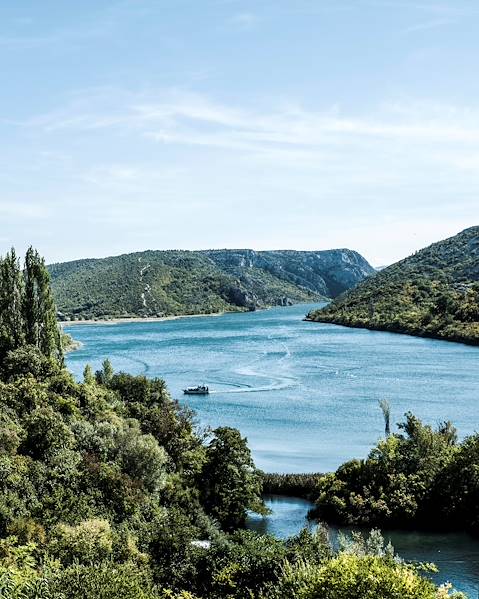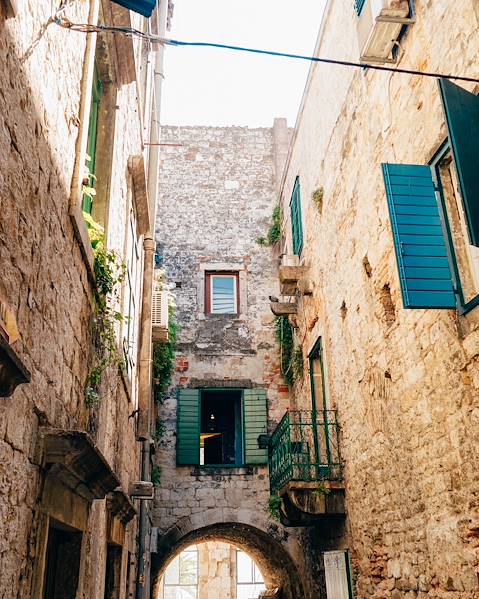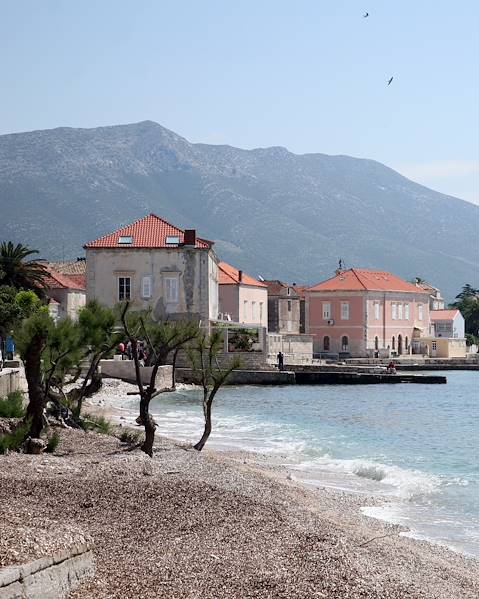The crescent-shaped country of Croatia is fast becoming one of the most sought-after holiday destinations in Europe, with its sunshine-drenched cities, stunning scenery and world-class cuisine. Whether you’re heading for the island-dotted coastline or the dreamy walled city of Dubrovnik, here are some things to know before going to Croatia.
Climate & Weather
Croatia’s climate varies depending on where you are, and the country is roughly divided into two climatic regions, the Mediterranean and the Continental. Along the Adriatic coast you’ll find a Mediterranean climate of hot, dry summers and cool, rainy winters. Temperatures range from 26 to 30°C during the summer and 5 to 10°C in the winter months. The continental region is slightly cooler, with average summer temperatures of 22 to 26°C and winter temperatures sometimes dropping below 0°C. July and August are the peak months, bringing the best weather and the most visitors, however the shoulder months of May, June, September and October are still blessed with sunny days and pleasant weather, with the added benefit of smaller crowds.
Currency in Croatia
The currency in Croatia is kuna (HRK). Some businesses do accept euros (EUR), however it is recommended to have some kuna on you, as you won’t be able to use euros everywhere. Kuna is easily accessible from ATMs around the country or you can pay by card in most places, so there’s no need to acquire too much cash before travelling. The tipping culture is less formal in Croatia than in other countries, although rounding up your bill or tipping 10/15% is customary and greatly appreciated.
Food & Drink in Croatia
Croatia’s cuisine can be divided into a few distinct types and varies from region to region. Along the coast, the food is infused with Greek and Mediterranean influences; you’ll find lots of fresh fish and seafood, cheese, olive oil, bread and vegetables, as well as rosemary, bay leaf, oregano and sage. Inland, you’ll find more traditional Croatian dishes, such as crni rižot (black risotto), strukli (pastry filled with sour cream and cheese) and brodetto (a hearty fish stew). While these authentic dishes are certainly worth sampling, you’ll be able to find most world cuisines within the more touristy areas of the country. Croatia’s national drink is rakija, which resembles vodka and is made by distilling fermented fruits. The local wine is also of excellent quality.
Transport in Croatia
The most common and affordable form of transport in Croatia is the bus, with routes covering both larger cities and smaller villages. Buses run frequently and continue through the night on some routes. It’s also possible to travel by train between the larger cities, although this is the slowest form of transport. In the capital, Zagreb, there are trams running from 4am to midnight, while Uber operates around most of the country’s major tourist destinations. For visiting the islands, there are several boat companies which offer both catamarans (for rapid crossings) and ferries (Jadrolinija is the national ferry operator). The country’s roads are in good condition and the scenery is stunning, making driving here a great way to get around – renting a car for the duration of your stay and taking a road trip from place to place is a popular option on holidays in Croatia.
Language in Croatia
The local language is the South Slavic language of Croatian, although English is widely spoken here and many people also speak German or Italian.
Etiquette in Croatia
If visiting churches or other sacred sites, make sure to keep your shoulders covered and avoid having bare legs. Dress codes are more relaxed on the coast, although Split, Dubrovnik and Hvar have passed laws against walking around the cities in swimwear. Croatians take great pride in their appearance and tend to dress smartly. In Hvar, fines of up to €700 are issued for public drunkenness or passing out in public places, such as park benches. Avoid discussing Croatia’s war of independence unless people show a willingness to talk about it, as mentioning it can create tension and anguish, and Croatians won’t be happy about being referred to as Yugoslav or Balkan. The country is predominantly Catholic, so it’s wise to be mindful of this if discussing religion.
Health & Safety in Croatia
Croatia is generally a safe country to travel around, with low crime levels. The most common issue with tourists is pickpocketing, so be sure to keep hold of your belongings when walking around busier areas. Tap water in Croatia is safe to drink. When driving around the country between November and April, it’s compulsory to have your headlights on during daylight hours and at night.
Must-sees in Croatia
There are a number of must-sees in Croatia and while it would be challenging to fit all of them in if visiting for less than two weeks, here are a few recommendations to kickstart your bucket-list:
- National Parks – Croatia is home to a number of incredible national parks, the most famous of which are Plitvice Lakes and Krka. Plitvice is UNESCO-listed and known for its stunning chain of 16 lakes, which are connected by waterfalls. Krka, in southern Croatia, has a series of seven waterfalls and both can be visited on day trips from Split.
- Island hopping – there are over 1,000 islands adorning the coastline, making an island-hopping boat trip one of the best things to do in Croatia. The island of Hvar is a favourite of many travellers, although there are plenty of lesser-known islands worth exploring (such as Vis and Cres).
- Dubrovnik – the UNESCO-listed Old Town of Dubrovnik, with its mighty medieval walls, is a must-visit. Eminently photogenic, its easy to see why it was used as a backdrop for Game of Thrones.
- Other cities – while Dubrovnik is one of the country’s most popular destinations, its worth exploring Zadar’s Old Town, as well as Split, Pula and Rovinj.
Things to Bring to Croatia
Packing mosquito and bug repellent is recommended when travelling to Croatia. European adapters, sun cream, sunhats and sunglasses (the sun can be very strong, even with cloud cover) are essentials, while water shoes or flips flops are recommended for visiting the rocky beaches.
















